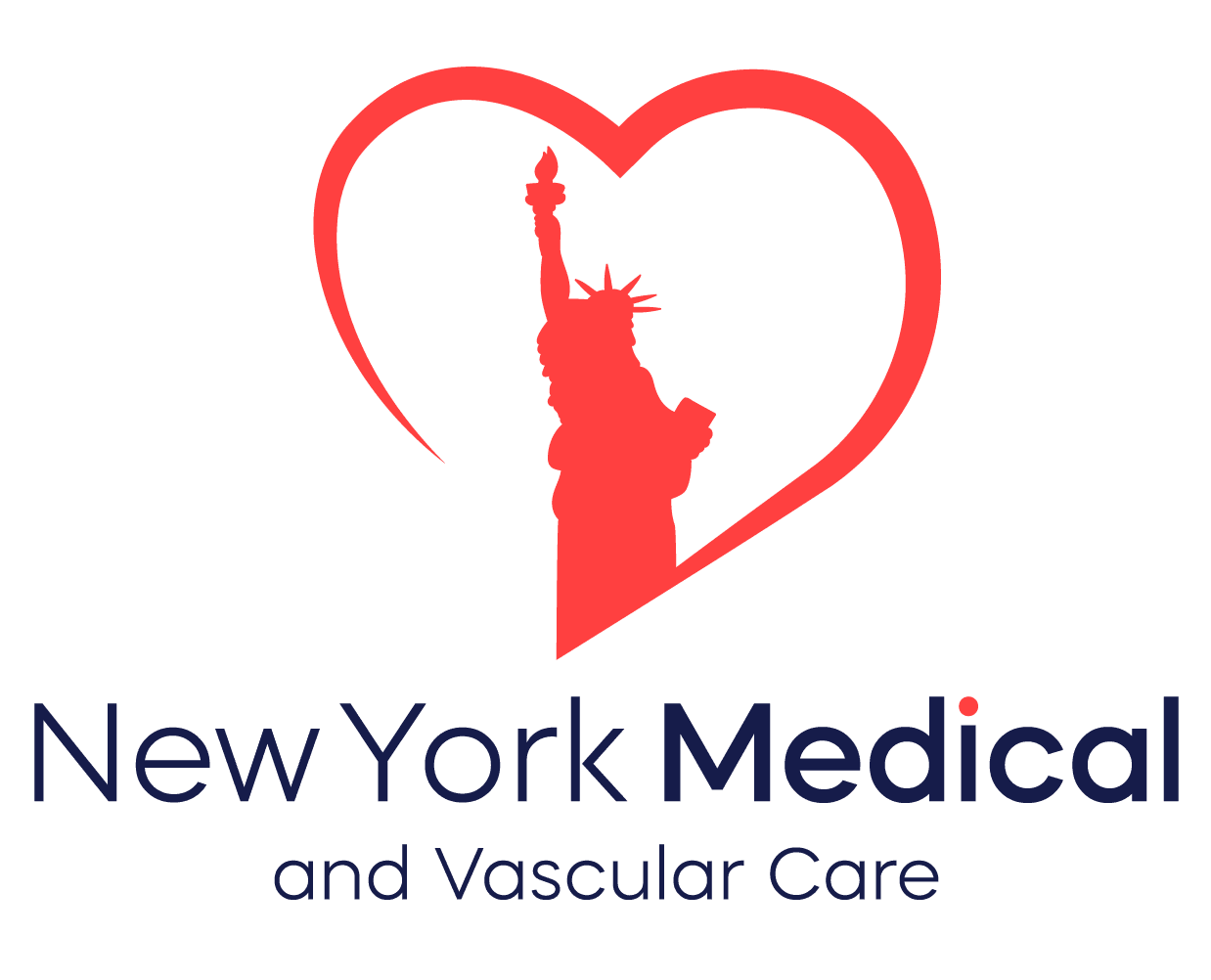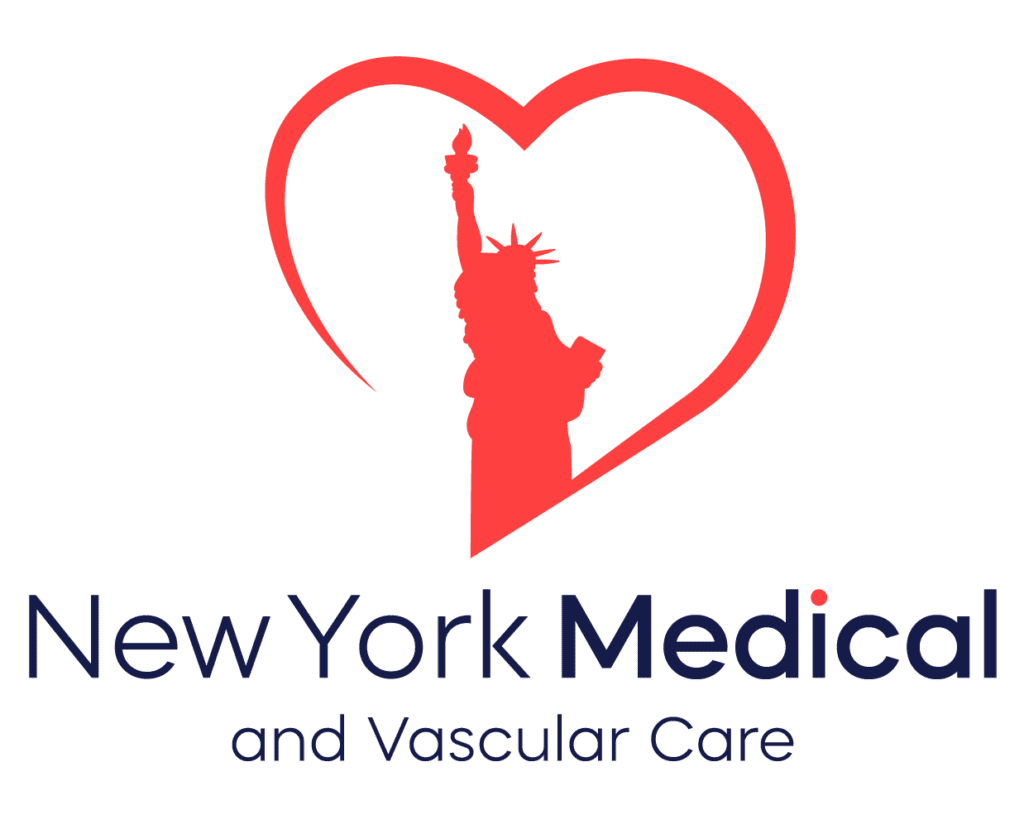Introduction
Forgetfulness used to be chalked up to normal aging. Today, scientists know that chronic neuroinflammation—persistent, low-grade inflammation inside the brain—can accelerate cognitive decline decades before a formal Alzheimer’s diagnosis. For busy New Yorkers juggling long commutes, high-stress jobs, and less-than-ideal sleep, understanding neuroinflammation is critical. At NYMVCare’s neurology team in Brooklyn and Queens, we pair advanced imaging with lifestyle-first plans to halt inflammatory damage and preserve sharp thinking well into older age.
1. What Exactly Is Neuroinflammation?
When you twist an ankle, swelling and heat signal your immune cells to start repairs. A similar process occurs in the brain: microglia (the brain’s resident immune cells) release cytokines to fight infection or clear debris. Problems arise when this system never switches off. Triggered by metabolic disorders, chronic stress, pollution, or even poor gut health, microglia stay activated, bathing neurons in inflammatory chemicals that erode synapses—the connections that encode memory and learning.
2. How Neuroinflammation Drives Memory Loss
Inflammatory cytokines such as IL-1β and TNF-α block the formation of new synapses and disrupt long-term potentiation, the cellular basis of memory. They also hamper the glymphatic system, which clears amyloid-β plaques during deep sleep. Over time, neurons shrink, networks misfire, and cognitive skills—from word recall to multitasking—begin to slip. Many Brooklyn patients notice brain fog, irritability, and slower mental agility in their 40s or 50s—long before standard memory tests flag a problem.
3. Risk Factors Unique to NYC Living
- Air pollution: Fine-particle emissions from traffic and heating oil infiltrate the brain via the olfactory nerve, elevating cytokine levels.
- High stress load: The city’s 24/7 pace raises cortisol, which primes microglia into an overactive state.
- Night-shift work: Irregular sleep schedules common in hospitality, transit, and healthcare jobs suppress deep-sleep clearance of neurotoxic waste.
- Dietary shortcuts: Grab-and-go meals rich in refined carbs and trans-fats fuel systemic inflammation that eventually reaches the brain.
Neighborhood studies show that residents near Brooklyn–Queens Expressway exhibit higher blood markers of neuroinflammation than those living near Prospect Park—even after controlling for income and education.
4. Early Warning Signs to Watch
- Regular episodes of “tip-of-the-tongue” word loss
- Difficulty focusing during routine tasks
- Heightened sensitivity to noise or light
- Mood swings or unexplained anxiety
- Slower problem-solving at work or during multitasking
While none of these symptoms confirm neurodegeneration, they warrant evaluation—particularly if diabetes, hypertension, or autoimmune disease is also present.
5. NYMVCare’s Diagnostic Tool Kit
- NeuroQuant MRI
This FDA-cleared software segments the hippocampus and compares its volume to age-matched norms. Shrinking beyond the 10th percentile may indicate inflammation-driven neuronal loss. - ^18F-DPA-714 PET Scan
A novel radiotracer binds to the translocator protein (TSPO) on activated microglia. It reveals “hot spots” of neuroinflammation even when cognition still tests normal. - Blood Biomarker Panel
We assess high-sensitivity CRP, IL-6, plasma neurofilament light chain (NfL), and GFAP—markers that correlate with inflammatory and neurodegenerative activity. - Digital Cognitive Testing
Tablet-based evaluations measure processing speed, working memory, and reaction time. Repeating these tests every six months lets us catch subtle declines early.
6. Crafting a Personalized Anti-Inflammatory Plan
Once data are in, NYMVCare’s multidisciplinary team—neurology, internal medicine, nutrition, and sleep medicine—builds an individualized roadmap:
- Targeted Nutrition – We design a MIND-inspired Mediterranean plan: leafy greens (nitrates boost cerebral blood flow), fatty fish twice weekly (DHA reduces microglial activation), and turmeric-spiced dishes (curcumin crosses the blood–brain barrier to temper cytokines).
- Exercise Prescription – Moderate-intensity cardio plus two days of resistance training improves insulin sensitivity and increases brain-derived neurotrophic factor (BDNF), counteracting inflammatory damage.
- Sleep Optimization – Patients receive a wearable to track deep-sleep percentage. Blue-light filters, consistent bedtimes, and CBT-I techniques push restorative slow-wave sleep above 20 %—key for amyloid clearance.
- Stress Resilience Training – We partner with local yoga studios and introduce five-minute heart-rate-variability breathing drills that down-shift the sympathetic nervous system.
- Gut–Brain Axis Support – A dietitian may add a probiotic containing Bifidobacterium longum 1714, shown to dampen stress-induced microglial activation, leveraging the gut’s impact on brain inflammation.
7. Emerging Medical and Technological Therapies
- Omega-3 Ethyl Esters (EPA-rich) – High-dose EPA has demonstrated structural brain benefits in recent randomized trials.
- Low-Dose Naltrexone (LDN) – Off-label use of 4.5 mg nightly modulates microglial TLR-4 receptors. Early studies show improved attention and energy.
- Photobiomodulation Helmets – Red-near-infrared light boosts mitochondrial function and reduces pro-inflammatory signaling. NYMVCare offers clinic-based sessions and vetted at-home devices.
- Monoclonal Antibodies – Agents targeting IL-6 or TNF-α are in Phase II trials for mild cognitive impairment. Enrollment through NYMVCare’s research partner network is possible for qualified patients.
8. Lifestyle Wins: Small Changes, Big Brain Rewards
Residents who swapped late-night take-out for home-cooked quinoa bowls, added two subway-station walks per day, and practiced nightly mindfulness reported sharper focus within eight weeks. A Bay Ridge teacher shaved 10 mg/dL off fasting glucose and cut perceived stress by 30 %, moving her neuroinflammation biomarker panel from “yellow” to “green.” These improvements translate to delayed onset of dementia by up to five years, according to longitudinal studies.
9. Frequently Asked Questions
Q: Can blood tests alone confirm neuroinflammation?
A: They provide clues, but imaging plus cognitive testing paint a fuller picture. Think of biomarkers as smoke and PET scans as the fire-locator.
Q: I’m only 38—too young to worry?
A: Unfortunately, no. Chronic stress and metabolic syndrome can kick-start inflammation in your 30s. The earlier we intervene, the easier it is to reverse course.
Q: Is neuroinflammation reversible?
A: In many cases, yes. Synaptic plasticity allows damaged connections to recover if inflammatory pressure drops and lifestyle fundamentals improve.
Q: Does insurance cover these tests?
A: NeuroQuant MRI is typically reimbursed under conventional brain imaging codes. TSPO PET scans may require pre-authorization but are increasingly covered for mild cognitive impairment. Our billing specialists help navigate benefits.
10. How to Protect Your Brain—Starting Today
- Book a Brain-Health Evaluation at NYMVCare’s Avenue P neurology suite.
- Track sleep and exercise with any wearable for two weeks; bring the data.
- Swap soda for sparkling water, add one serving of berries daily.
- Take a 5-minute breathing break after the B/Q train commute to lower cortisol.
- Join our virtual Brain-Healthy Cooking Class every first Thursday; recipes arrive in English, Russian, and Spanish.
Conclusion
Brain fog, forgetfulness, and mood shifts are not inevitable side effects of New York City life. They may signal silent neuroinflammation—a process that, left unchecked, speeds cognitive aging. By combining advanced diagnostics with practical lifestyle coaching, NYMVCare empowers Brooklyn and Queens residents to cool brain fire before memory fades. Schedule your assessment today, and keep your mind as vibrant as the city you call home.


